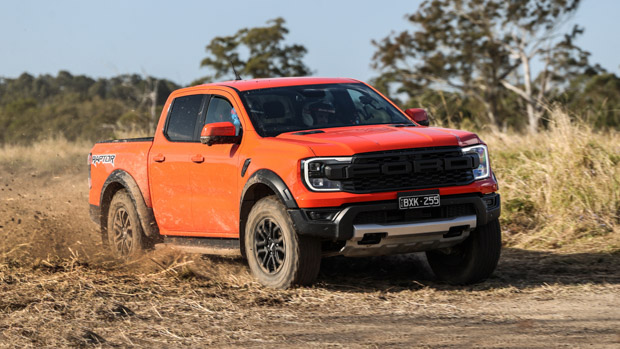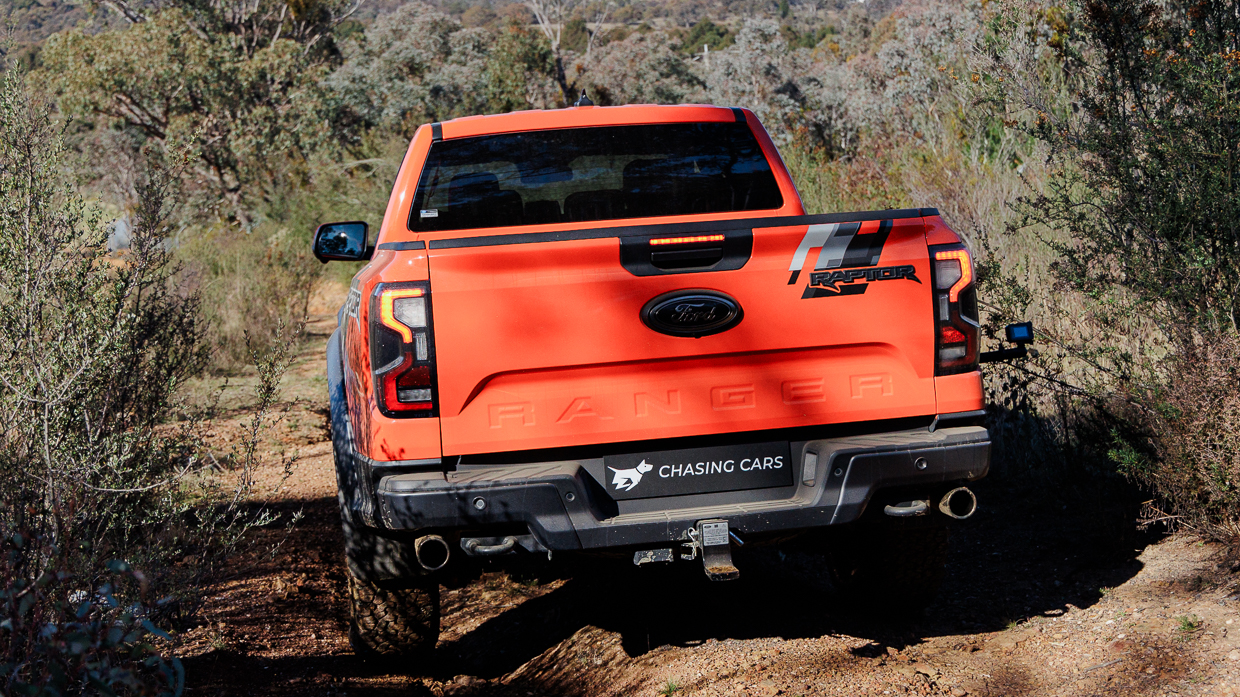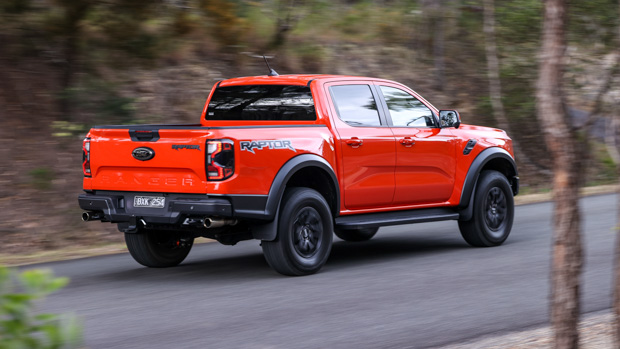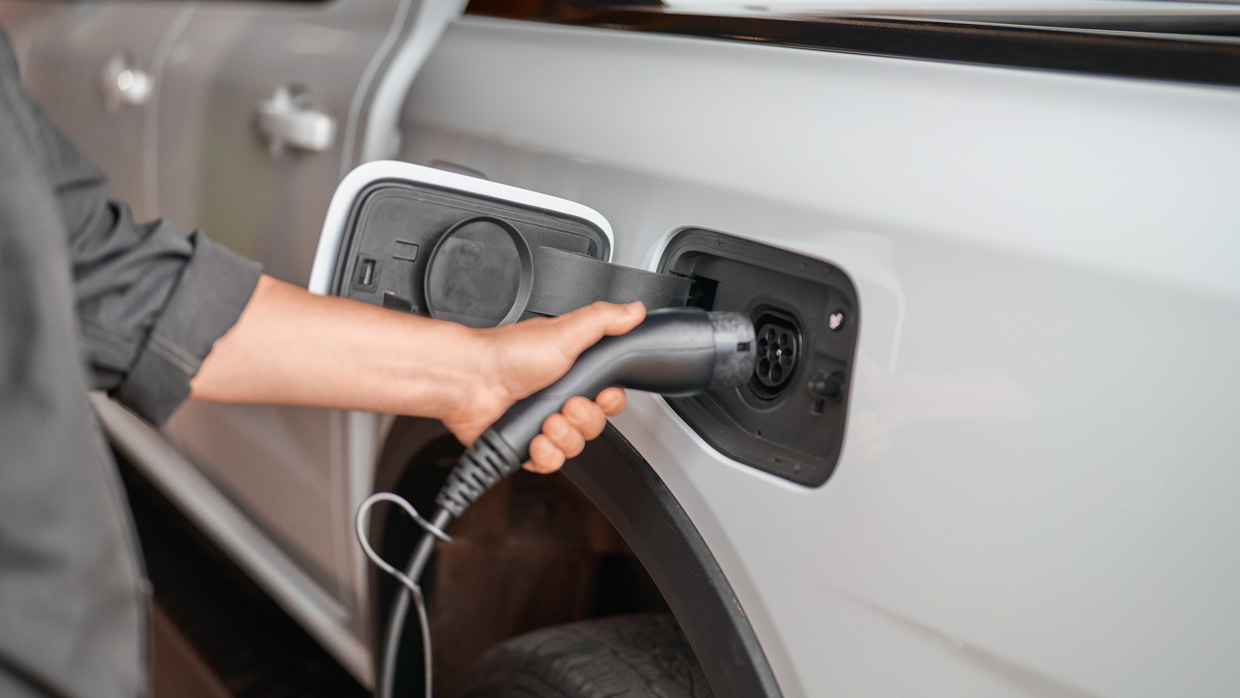-
Car Reviews
- Car News
-
Car Comparisons
Latest comparisons
- Chasing Deals
Ford has a 3.5-litre V6 hybrid system ready to go from the F-150 — and making Ranger Raptor a PHEV would solve a huge CO2 headache
Ford is mulling the transformation of the Ranger Raptor super-ute into a plug-in hybrid powerhouse teaming a turbocharged petrol V6 engine with an electric motor and hybrid battery.
Making the Ranger Raptor a PHEV would kill two birds with one stone for Ford. The move would make the high-performance Ranger even more powerful, but it would also slash the big-rig’s official CO2 emissions.
The high pollution profile of the Ranger Raptor is an enormous problem for Ford in Australia because the Albanese federal government’s New Vehicle Emissions Standard (NVES) is now in force—and the high-CO2 Raptor falls sharply foul of NVES limits on emissions.
Readers might be surprised to learn that around one in five Ranger sales in Australia is of a Raptor—the top-end, $90,440 variant which utilises a (non-hybrid) 3.0-litre twin-turbo petrol V6 engine producing 292kW of power and 583Nm of torque for a sub-6.0 second 0-100km/h dash.
There’s a price paid for the Raptor’s rorty performance. For owners, it’s at the bowser (with real-world fuel use blowing out the 11.5L/100km official claim), but for Ford, the punishment will be what the Raptor’s 262g/km official CO2 emissions will do to the company’s NVES bottom line.
In brief, NVES punishes carmakers that breach an overall vehicle CO2 target. In 2025, the limit for light commercial vehicles is 210g/km, but in 2029, it is set to be just 110g/km. While the Raptor is especially high in CO2, even the diesel V6 verisons produce 222/gkm—over the limit.
But turning the Raptor into a PHEV for the 2030s—or earlier—would alleviate Ford’s NVES problems by dramatically reducing the on-paper CO2 emissions to the point where the Raptor could even score credits under the NVES rather than increase the likelihood of fines for Ford.
Making a Ranger Raptor PHEV is entirely possible according to Ford global vice president of advanced product development, Jim Baumbick, who Chasing Cars quizzed at the Raptor plug-in’s European launch last week.
“You can apply the [hybrid] system to other propulsion types. I’ll use the F-150 as an example. We use our 3.5L V6 EcoBoost, coupled with a hybrid transmission, and it delivers performance above a V8 and enables [7.2kW] of Pro Power [vehicle-to-load],” said Baumbick.
“[We are] building out the portfolio of capabilities for Ranger,” Baumbick said. “I would say it is the right time for PHEV [for Ranger]. I think that is going to open up our customers around the benefits of electrification without any trade-off to what the [pick-up] truck’s capable of.”
The aforementioned F-150 PowerBoost hybrid produces 321kW/772Nm from its series-parallel hybrid powertrain, which incorporates a 2kWh battery and 10-speed automatic—but the F-150 isn’t a plug-in hybrid.
If the F-150’s 3.5-litre V6 was teamed with the Ranger PHEV’s 75kW electric motor and a circa-15kWh lithium ion battery to produce a Ranger PHEV, Chasing Cars estimates that its CO2 emissions would be rated around 100g/km—slashing the Raptor’s paper pollution by more than half.
Transforming the Raptor into a PHEV powerhouse would see the T6.2 Ranger equal or best the outputs of the BYD Shark 6 (321kW/650Nm) and GWM Cannon Alpha PHEV (300kW/750Nm)—a critical mission in light of BYD openly mulling the creation of a rugged, off-roading Shark 6 trim.
The upgrade to PHEV for the Raptor could even see the super-ute’s braked towing capacity upgraded to 3500kg from the current non-hybrid V6’s 2500kg, which trails most of the range by one tonne.
For Ford, being so reliant on the high-CO2 Ranger ute and Everest wagon (while also selling comparatively few EVs), fines under NVES could easily reach into the tens of millions of dollars if the manufacturer does not convince Aussies to buy hybrids instead of pure combustion engines.
It’s why Ford has recently introduced the 207kW/697Nm Ranger PHEV in XLT, Sport, Wildtrak and Stormtrak guises. Combining a turbo four-cylinder petrol engine, 75kW electric motor and 11.8kWh battery slashes official CO2 emissions to just 66g/km—four times cleaner than a Raptor.
But while the conscientious Ranger PHEV’s 3500kg towing and 6.9kW of Pro Power AC outlets (providing juice for work tools and other appliances) make it a useful alternative to diesel, its middling power and mediocre 43km (WLTP) electric range somewhat limit its cool factor.
Even a PHEV Raptor could still run on six-cylinder power in its sports modes or when its traction battery was exhausted. Nothing would stop Ford from integrating loud exhaust modes, though in order to score highly on official fuel economy tests, it would likely default to electric mode.
Latest news
About Chasing cars
Chasing Cars reviews are 100% independent.
Because we are powered by Budget Direct Insurance, we don’t receive advertising or sales revenue from car manufacturers.
We’re truly independent – giving you Australia’s best car reviews.




